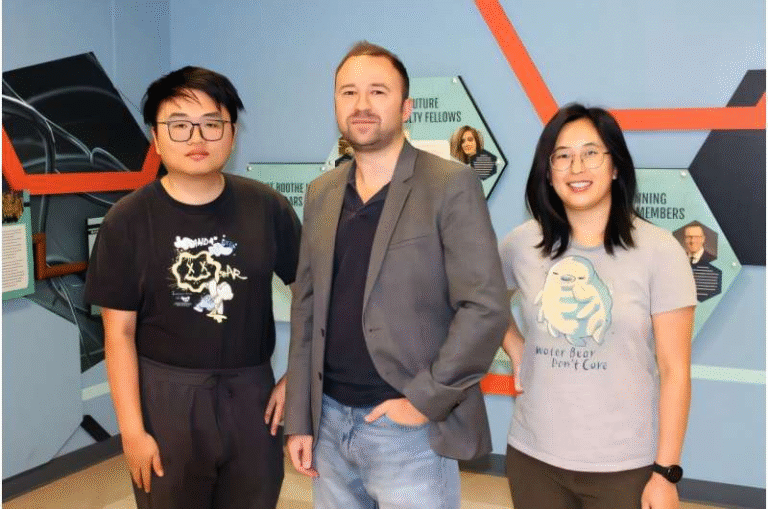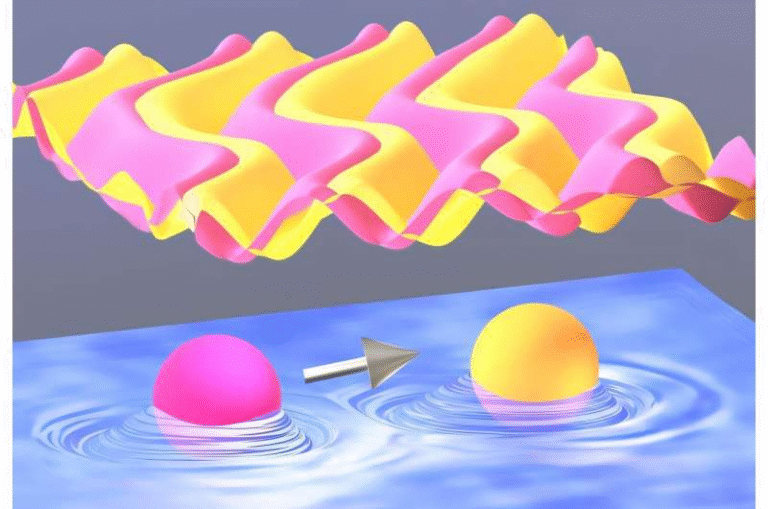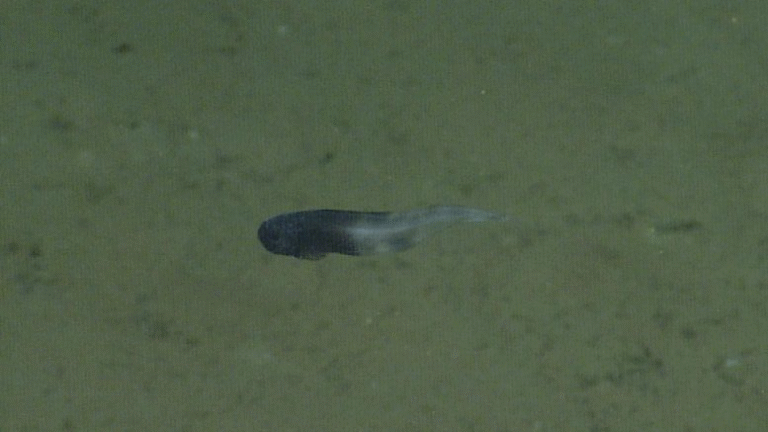Cold Plasma Shows Promise in Destroying Hidden Tumor Cells, Acting As a New Weapon Against Cancer

Scientists from the Leibniz Institute for Plasma Science and Technology (INP), in collaboration with Greifswald University Hospital and University Medical Centre Rostock, have revealed how cold plasma can be used to effectively target and destroy cancer cells, even those hidden deep within tissue layers. Their latest research provides detailed insights into the mechanisms at play and could mark an important step toward more precise and gentler cancer therapies.

What is Cold Plasma?
Plasma, often called the fourth state of matter, is an ionized gas that produces large amounts of chemically reactive molecules, known collectively as reactive oxygen and nitrogen species (ROS and RNS). These molecules are highly unstable and short-lived, but they have a strong influence on biological activity. This includes triggering processes that decide whether tumor cells survive or die.
Key Achievement: New Tissue Models
One of the biggest hurdles in plasma medicine research has been the lack of realistic models to observe how plasma components affect living tissue. To address this, the team developed 3D hydrogel tissue models that mimic the properties of real tumors.
These models allowed scientists to see, for the first time, how specific molecules generated by plasma penetrate into tissue and interact with cancer cells. The study revealed that short-lived molecules, especially peroxynitrite, were able to reach several millimeters deep into the tumor tissue. This depth of penetration is significant because it means the therapy can potentially go beyond the surface of tumors and attack cancer cells hidden in deeper layers.
Interestingly, hydrogen peroxide, which earlier lab studies had suggested was the main active ingredient in plasma’s anticancer effects, turned out to play only a minor role. Even when hydrogen peroxide was specifically removed, the plasma treatment remained highly effective. This demonstrates that other molecules generated by plasma are driving the anticancer activity.
Potential in Surgical Use
The researchers also tested how well plasma treatment could work in post-surgery scenarios. They created models of artificial surgical wounds where tumor cells were left at the edges to simulate what often happens in real cancer operations. In these cases, cold plasma was applied to the remaining tumor cells.
The result was a strong anticancer effect against residual tumor cells, especially those that had already begun to spread into surrounding tissue. This is a particularly important finding because one of the greatest challenges in cancer surgery is eliminating all tumor cells to prevent relapse. Plasma treatment might provide an additional tool for ensuring that stray cancer cells are destroyed right at the surgical site.
Important Step for Plasma Medicine
This research is a milestone for the field of plasma medicine, showing in detail which molecules are active and how they behave inside living tissues. With this understanding, plasma devices like the medically approved kINPen plasma jet can be more precisely tuned for specific cancer types and treatment settings.
The long-term vision is that cold plasma therapy could make existing cancer treatments more effective and less invasive, improving patient outcomes while reducing the harsh side effects often caused by conventional therapies such as chemotherapy and radiation.
Reference Study Details
The study, published in Trends in Biotechnology on July 31, 2025, is titled: “Gas plasma technology mediates deep tissue and anticancer events independently of hydrogen peroxide.” It was authored by Lea Miebach, Marten Hagge, Alice Martinet, Debora Singer, Nadine Gelbrich, Stephan Kersting, and Sander Bekeschus. The findings underline that hydrogen peroxide is not the main factor behind plasma’s anticancer effects. Instead, highly reactive short-lived molecules, especially peroxynitrite, play a key role in reaching and killing cancer cells within deep tissue layers.
The work combines hydrogel tumor models, organoid systems, murine and human tissues, and surgical wound models, giving it a wide experimental foundation and increasing the reliability of the results.
Looking Ahead
While this research is not yet at the stage of clinical trials in humans, the findings are creating optimism in the medical community. The possibility of applying cold plasma directly to tumor sites, especially after surgery, makes it an attractive candidate for further development as a gentle, targeted cancer therapy.
TLDR
Researchers in Germany have shown that cold plasma can penetrate several millimeters into tumor tissue, destroying cancer cells independently of hydrogen peroxide. Using 3D models and surgical simulations, they highlight plasma’s potential for post-surgical applications to reduce cancer relapse risks.
Research Paper: Gas plasma technology mediates deep tissue and anticancer events independently of hydrogen peroxide





